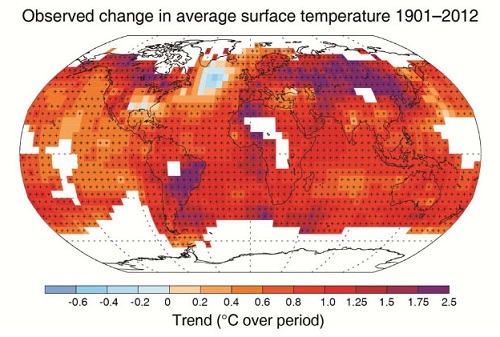
This is a wrap of some of commentary on the recent IPCC report. You can follow the links, or not, according to your needs, time and desires.
Climate Code Red carries a very clear summary of the report, which they got from Climate News Network, a handy site I wasn’t aware of.
The summary covers elements I neglected, such as Evaluation of Climate Models, but doesn’t go into the climate budget approach.
The post includes links to other commentary.
At RealClimate Stefan Rahmstorf solves the problem of the graph showing 82cm as the upper limit of sea level rise compares with 98cm in the text. It’s the last decade, the difference between 2080-2100 and 2100! Under RCP8.0 SLR will be accelerating rapidly according to forecasts.
George Monbiot is ascerbic as usual:
What the report describes, in its dry, meticulous language, is the collapse of the benign climate in which humans evolved and have prospered, and the loss of the conditions upon which many other lifeforms depend. Climate change and global warming are inadequate terms for what it reveals. The story it tells is of climate breakdown.
We need to leave most of the fossil fuel reserves everywhere, but for the corporations it’s full steam ahead, supported by their governments.
At ABC Environment Michael Mann and Dana Nuccitelli are in no doubt as to what’s causing global warming. The IPCC report:
concludes that humans have caused at least 50 per cent and most likely 100 per cent of the global warming over the past six decades, with external natural factors like the sun and internal natural variation like ocean cycles each contributing approximately zero to the warming during that time.
Ryan Koronowski at Climate Progress tells us 15 things we need to know about the report. For one thing Obama’s top science advisor said the report “represents the most comprehensive and authoritative synthesis of scientific knowledge about global climate change ever generated.”
And Stanford scientists Noah Diffenbaugh and Chris Field find that the current pace of warming is happening 10 times faster than any time over the last 65 million years.
John Upton at Grist pulls out the facts and figures. Grist also has an explainer about the IPCC. Continue reading Commentary on IPCC WG1: Part 1 →


 These posts are intended to share information and ideas about climate change and hence act as a roundtable for readers to contribute items of interest. Again, I do not want to spend time in comments rehashing whether human activity causes climate change.
These posts are intended to share information and ideas about climate change and hence act as a roundtable for readers to contribute items of interest. Again, I do not want to spend time in comments rehashing whether human activity causes climate change.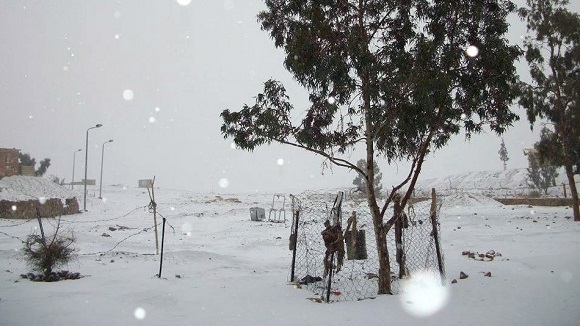
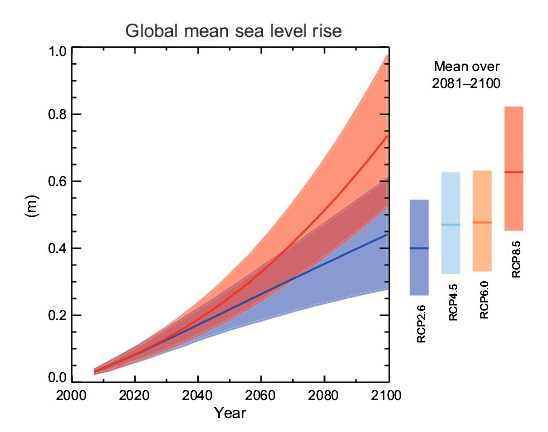
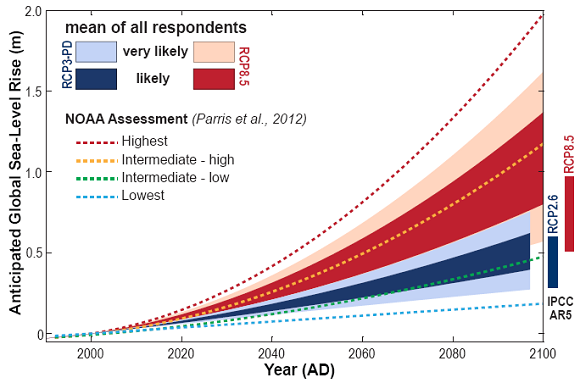




 Over the last few days we’ve received a stream of information and images about cyclone* Haiyan which devastated central Philippines, especially the city of Tacloban. Zoe Daniels compiled
Over the last few days we’ve received a stream of information and images about cyclone* Haiyan which devastated central Philippines, especially the city of Tacloban. Zoe Daniels compiled 
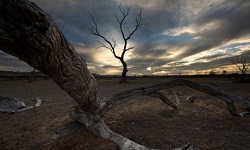 Adam Bandt recently wrote an
Adam Bandt recently wrote an 
